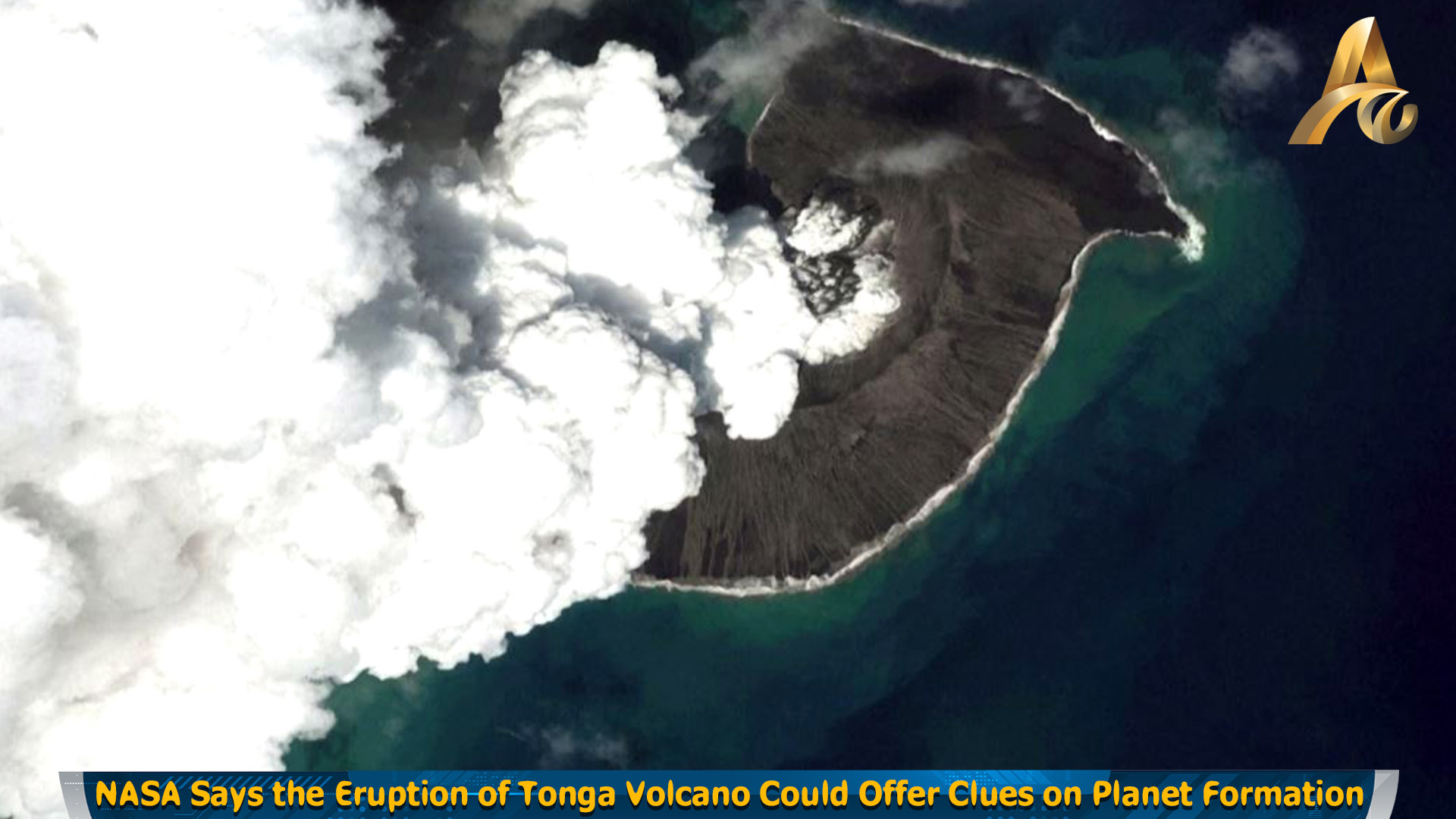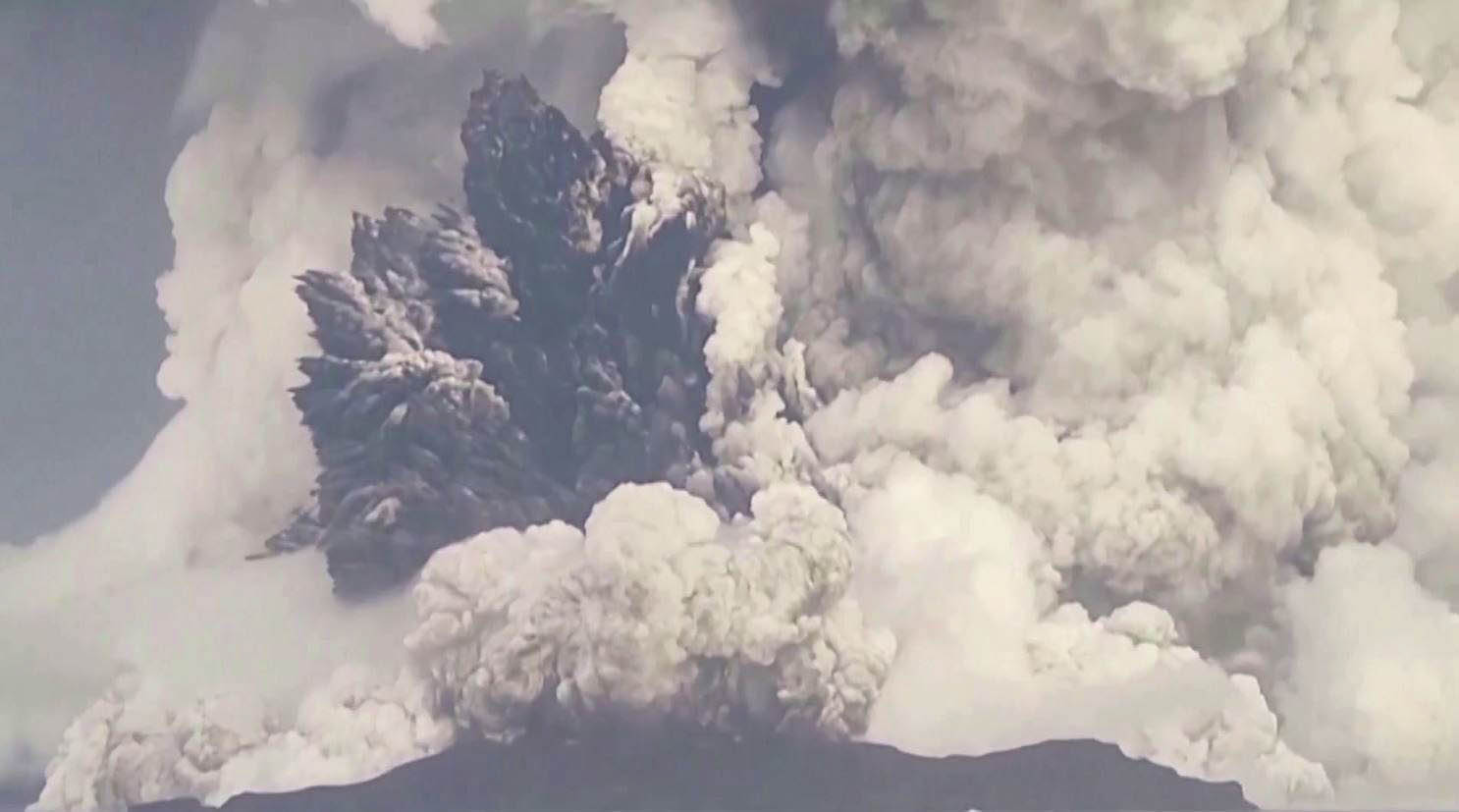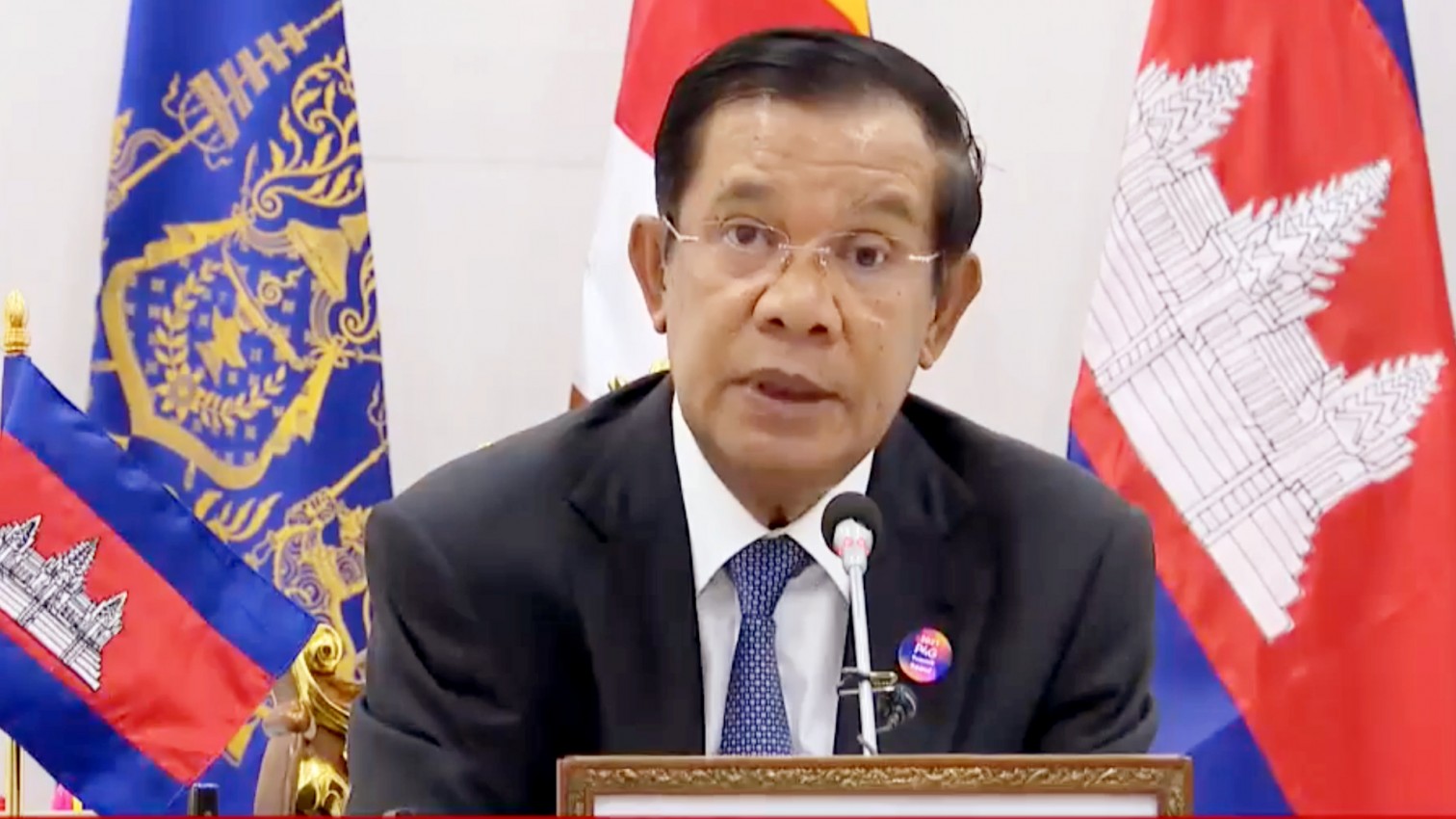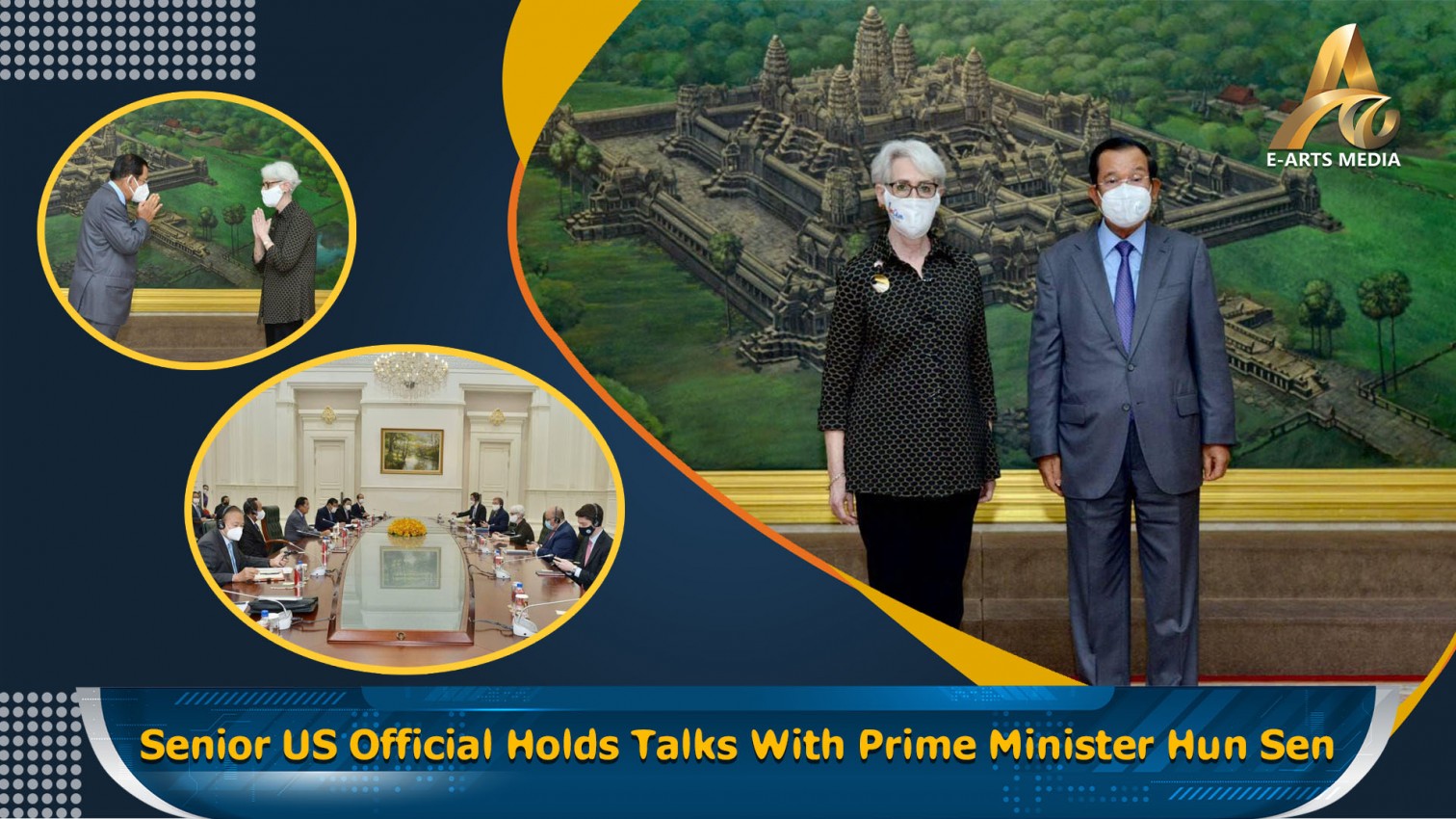INTERNATIONAL: The life cycle of a volcano off Tonga and the blast generated from its eruption could offer valuable clues about the formation of other planets, a NASA expert has said on Monday ,January 24.
The eruption of Hunga-Tonga-Hunga-Ha'apai volcano, which sits on the seismically active Pacific Ring of Fire, has sent tsunami waves across the Pacific Ocean and was heard some 2,300 kilometres away in New Zealand.
The eruption on January 15 was so powerful that space satellites have captured not only huge clouds of ash but also an atmospheric shockwave that radiated out from the volcano at close to the speed of sound.
NASA's Goddard Space Flight Center chief scientist, James Garvin has said that NASA experts had been studying the volcano for seven years before it erupted, and were now using forensic techniques to examine the remnants of the islands, Hunga Tonga and Hunga Ha'apai.
Gavin says ; "We took that volume of mass ejected and the energetics to explosively fragment it, and calculated - using fairly classical techniques - how much energy that would take to break rock.... to break it up into little bits and throw it as ash and steam up.”
He has added; "We did that calculation and we got numbers that range from something equivalent to the blast of a small asteroid that would hit the earth - about 10 metric, megatons of TNT or equivalent - to things even bigger.”
Garvin has also said that by studying the life cycle of a volcano like the one that erupted in Tonga, scientists have a "rare opportunity" to understand how formations may have been made on other planets like Mars and Venus.
NASA uses earth as training ground to project what they know from places to other planets that might have oceans, that might have volcanos, that erupt underwater and that could definitely have happened on Mars and Venus, considered as Earth’s sister worlds.























